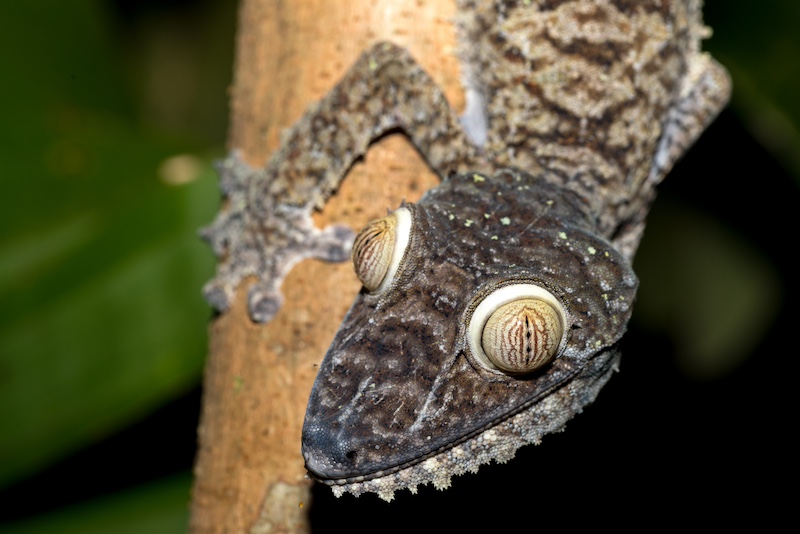Reptiles are known for their diverse adaptations, and among these, their defensive mechanisms are some of the most fascinating. These mechanisms have evolved over millions of years to help these creatures survive in the wild, where danger can come from predators, environmental changes, or competition for resources. Here’s a look at 10 reptiles with the most impressive defensive mechanisms.
1. Texas Horned Lizard
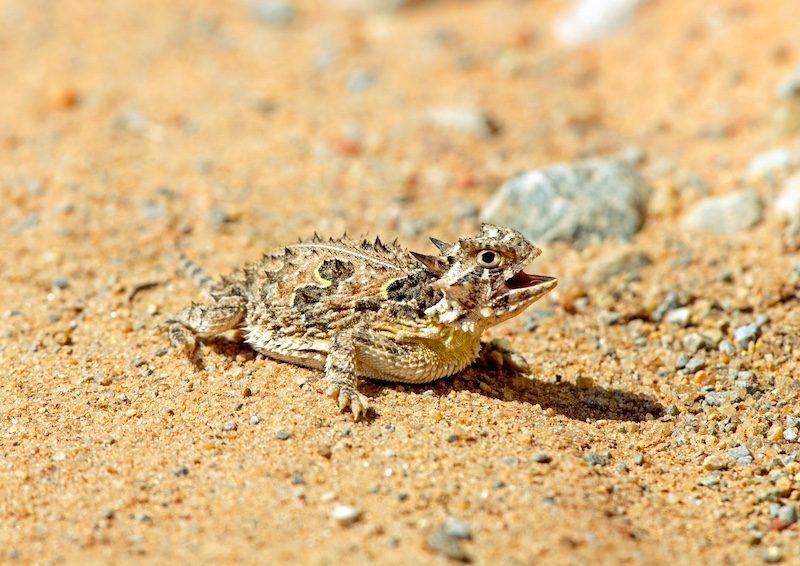
The Texas horned lizard has one of the most unusual and startling defensive mechanisms in the reptile world. When threatened, this small lizard can shoot a stream of blood from its eyes, aiming for the predator’s mouth and eyes. This not only confuses and deters the predator but also gives the lizard a chance to escape. The blood contains chemicals that are particularly foul-tasting to canines, one of its primary predators.
2. Armadillo Girdled Lizard
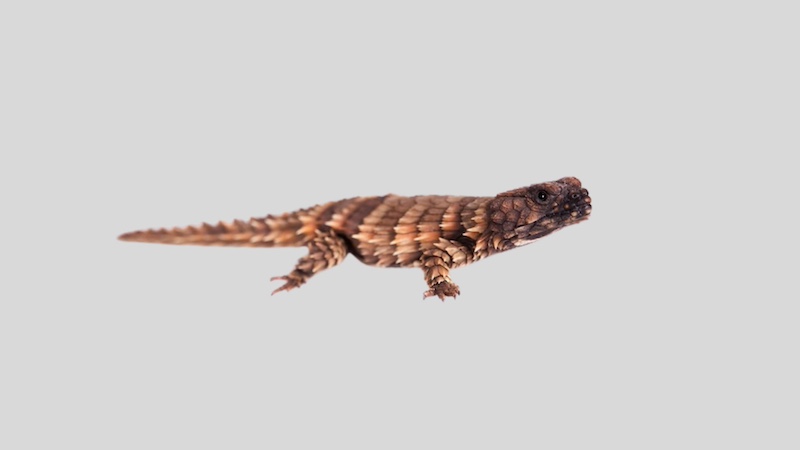
The armadillo girdled lizard has a unique defensive behavior. When threatened, it grabs its tail in its mouth and rolls into a ball, resembling an armadillo. This form makes it difficult for predators to attack its soft underbelly, as only the tough, spiny scales are exposed. This defense is particularly effective against snakes and birds of prey.
3. Frilled Dragon
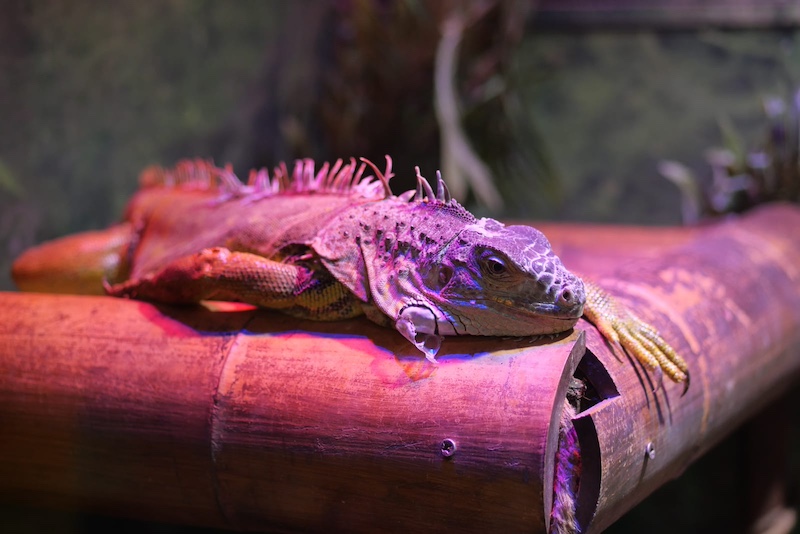
Native to Australia, the frilled dragon is known for its dramatic display when threatened. This reptile opens its mouth wide and flares out the large frill around its neck, making it appear much larger and more intimidating. The sudden display, combined with hissing and aggressive posturing, often scares off predators before a physical confrontation occurs.
4. Malagasy Leaf-Tailed Gecko
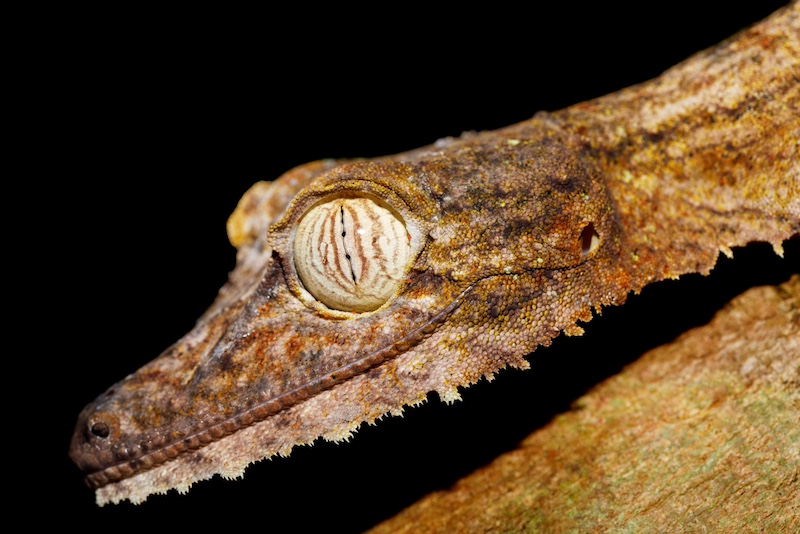
Camouflage is the primary defense of the Malagasy leaf-tailed gecko. Its appearance is so similar to a leaf, complete with vein-like patterns and edges that mimic decaying foliage, that it can remain virtually invisible to predators. This extraordinary camouflage allows it to avoid detection altogether, making it one of the most well-hidden reptiles in the world.
5. King Cobra
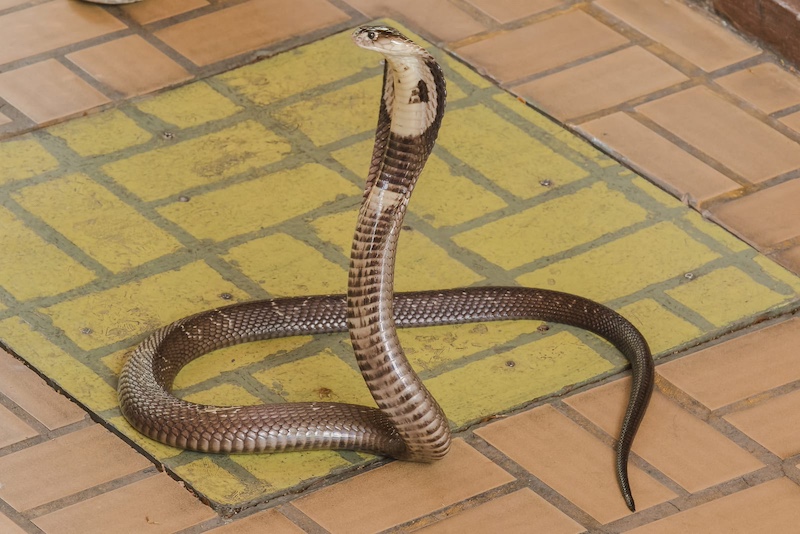
The king cobra, one of the most feared snakes, has a highly effective defensive mechanism that involves both intimidation and venom. When threatened, it raises the front part of its body off the ground and flattens its neck ribs to create a hood. This display, combined with its ability to deliver a large quantity of potent neurotoxic venom, makes it a formidable opponent. The hood serves as a warning to predators and rivals, often deterring an attack before it even begins.
6. Horned Viper
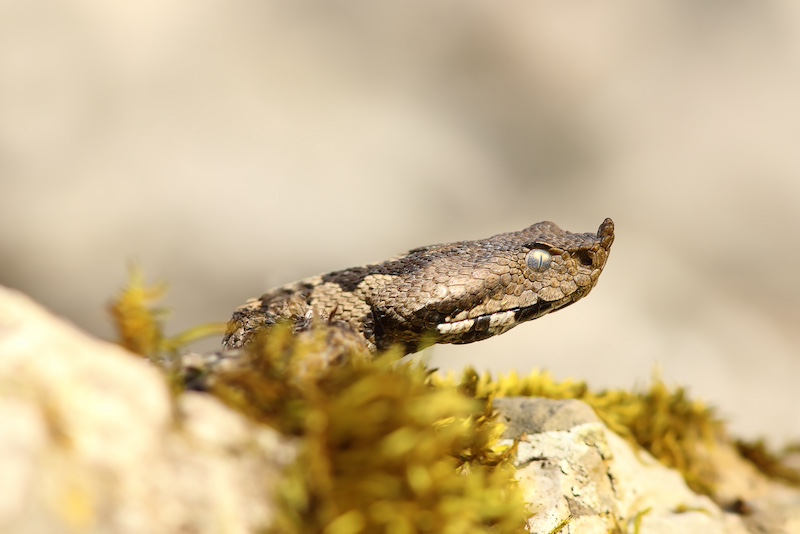
The horned viper, found in parts of Europe and the Middle East, has a distinct defensive behavior. When threatened, it rubs its scales together to create a hissing sound, which is meant to warn off predators. If this doesn’t work, the viper will strike with its long fangs, delivering venom that can incapacitate its prey or a would-be attacker.
7. Panther Chameleon
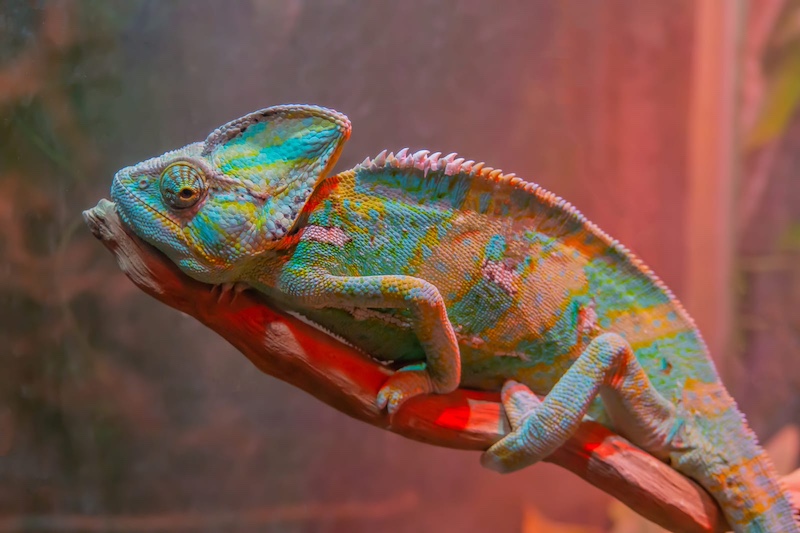
The panther chameleon’s primary defense is its ability to change color, which it uses to blend into its environment or signal to predators that it is dangerous. While not as effective as some other reptiles’ defenses, this color change can confuse predators or make the chameleon appear less appetizing. Additionally, when threatened, it will puff up its body and open its mouth to appear larger and more intimidating.
8. Thorny Devil
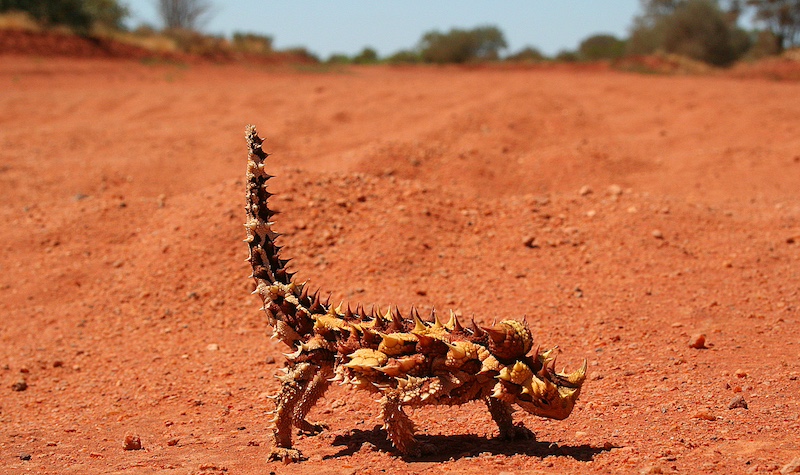
The thorny devil, native to Australia, has a body covered in sharp spines, making it a difficult meal for predators. Its unique shape and coloration also allow it to blend into the desert environment, helping it avoid detection. Additionally, the thorny devil can puff up its body to appear larger, further deterring potential threats.
9. Gila Monster
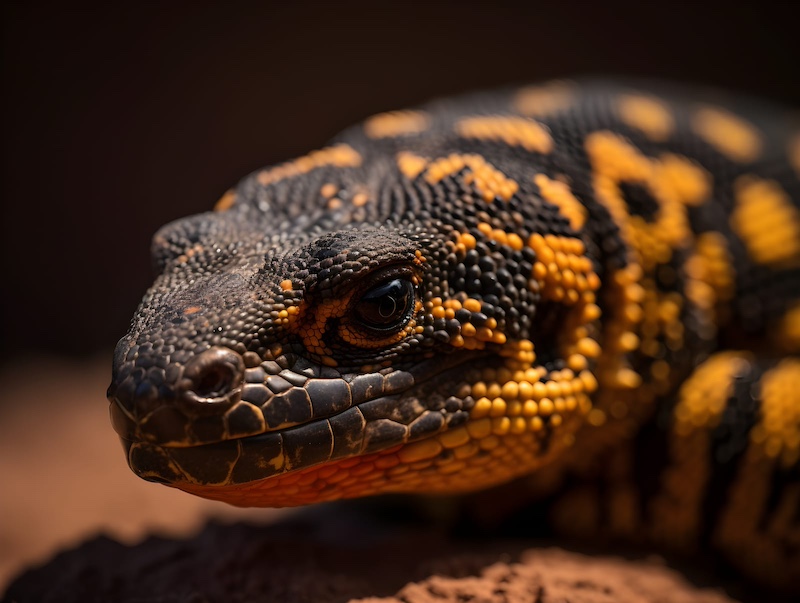
The Gila monster is one of the few venomous lizards in the world. When threatened, it will bite its attacker and hold on, delivering venom through grooves in its teeth. This venom is not usually fatal to humans but can cause intense pain and discomfort. The Gila monster’s slow, deliberate movements and bright warning colors also serve as a deterrent to potential predators.
10. Eastern Coral Snake
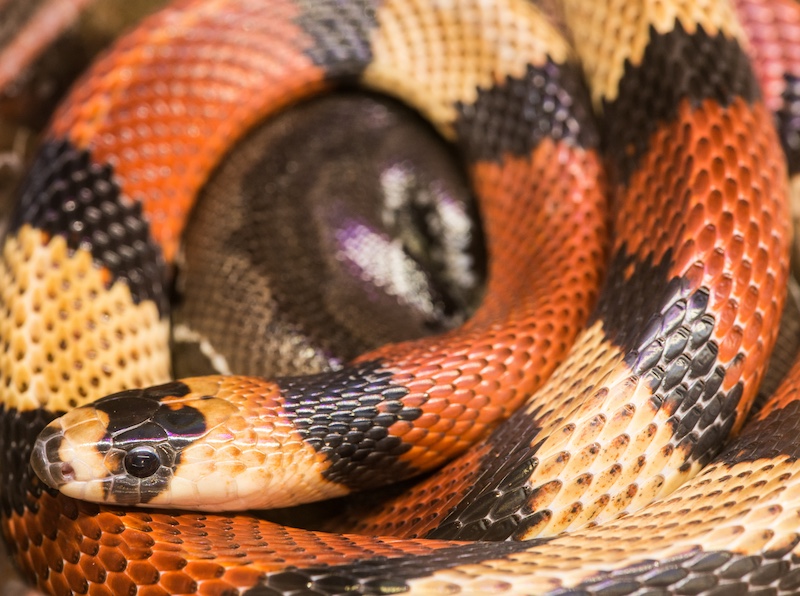
The Eastern coral snake is known for its bright red, yellow, and black bands, which serve as a warning to predators. Its venom is highly toxic, and the snake’s small size and secretive nature make it a difficult target. When threatened, the coral snake will hide its head and raise its tail, mimicking the head to confuse predators and protect its vital areas. Please Note: This content was created with the assistance of AI and thoroughly edited by a human before publishing.

